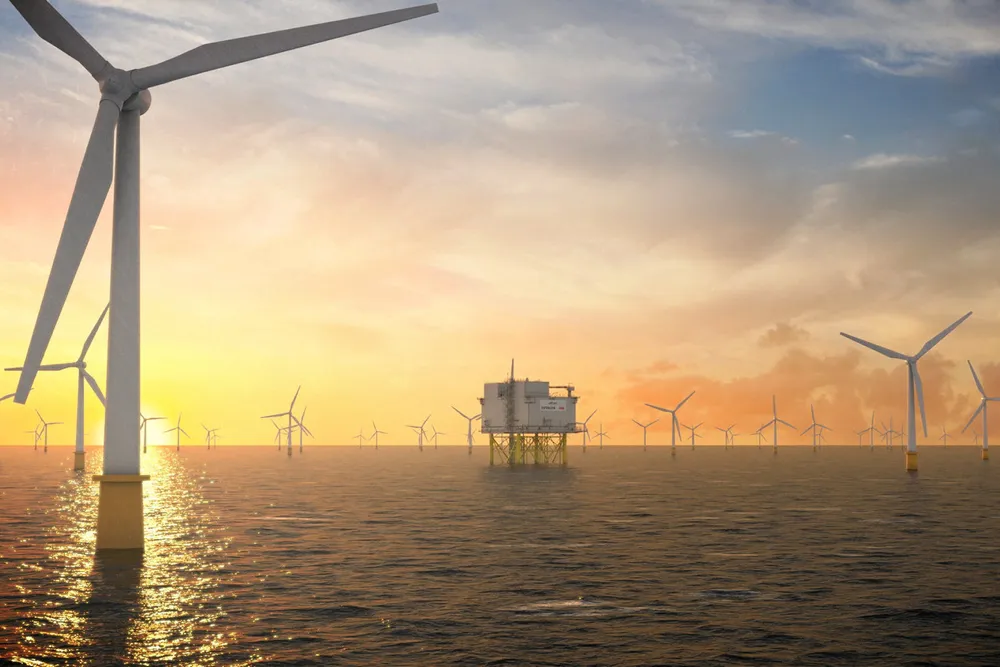World's largest offshore wind farm could grow to power 'biggest UK green hydrogen plant'
Renewable H2 production one option for fourth phase of giant Dogger Bank project under consideration by SSE and Equinor

Renewable H2 production one option for fourth phase of giant Dogger Bank project under consideration by SSE and Equinor
